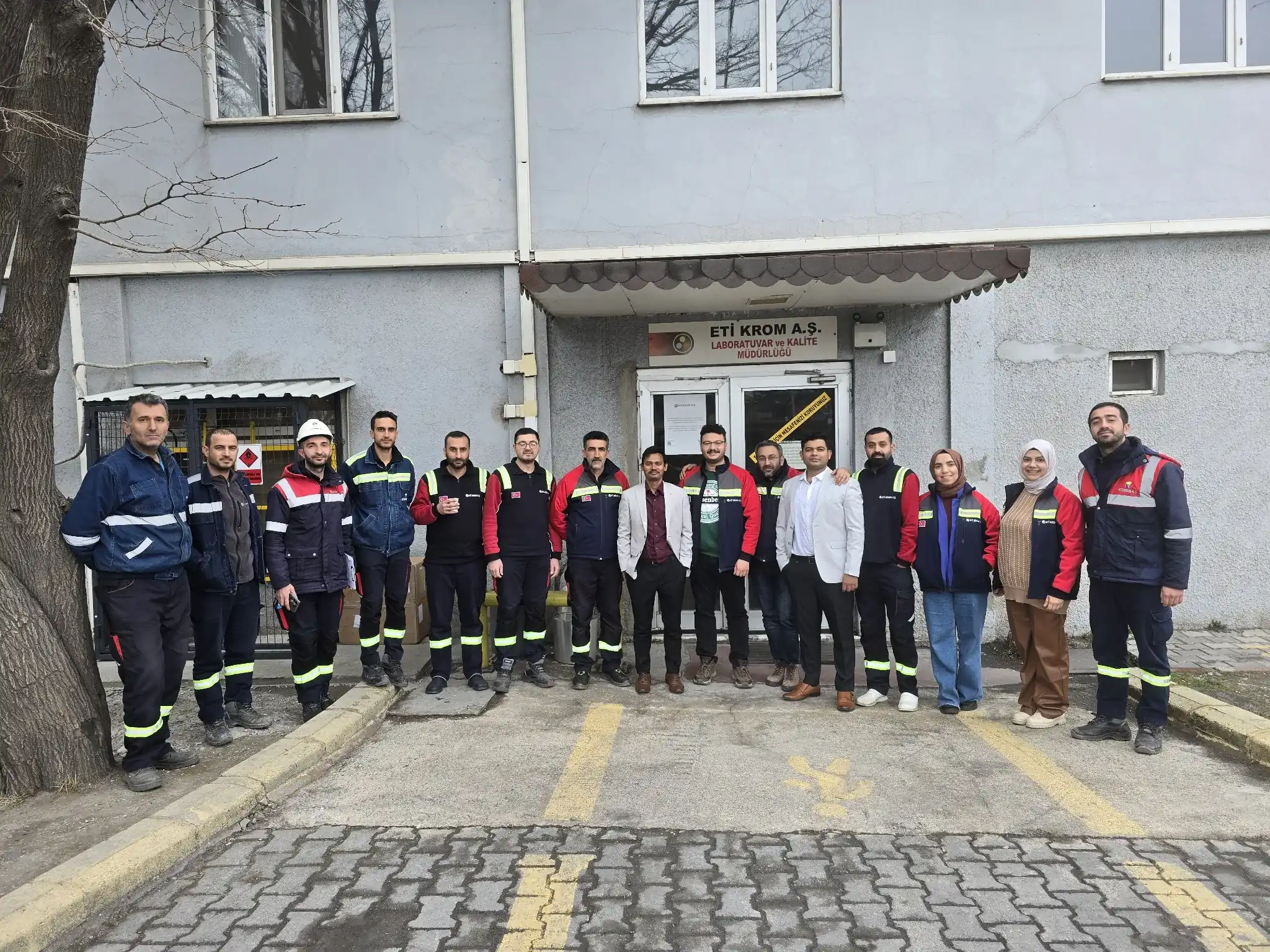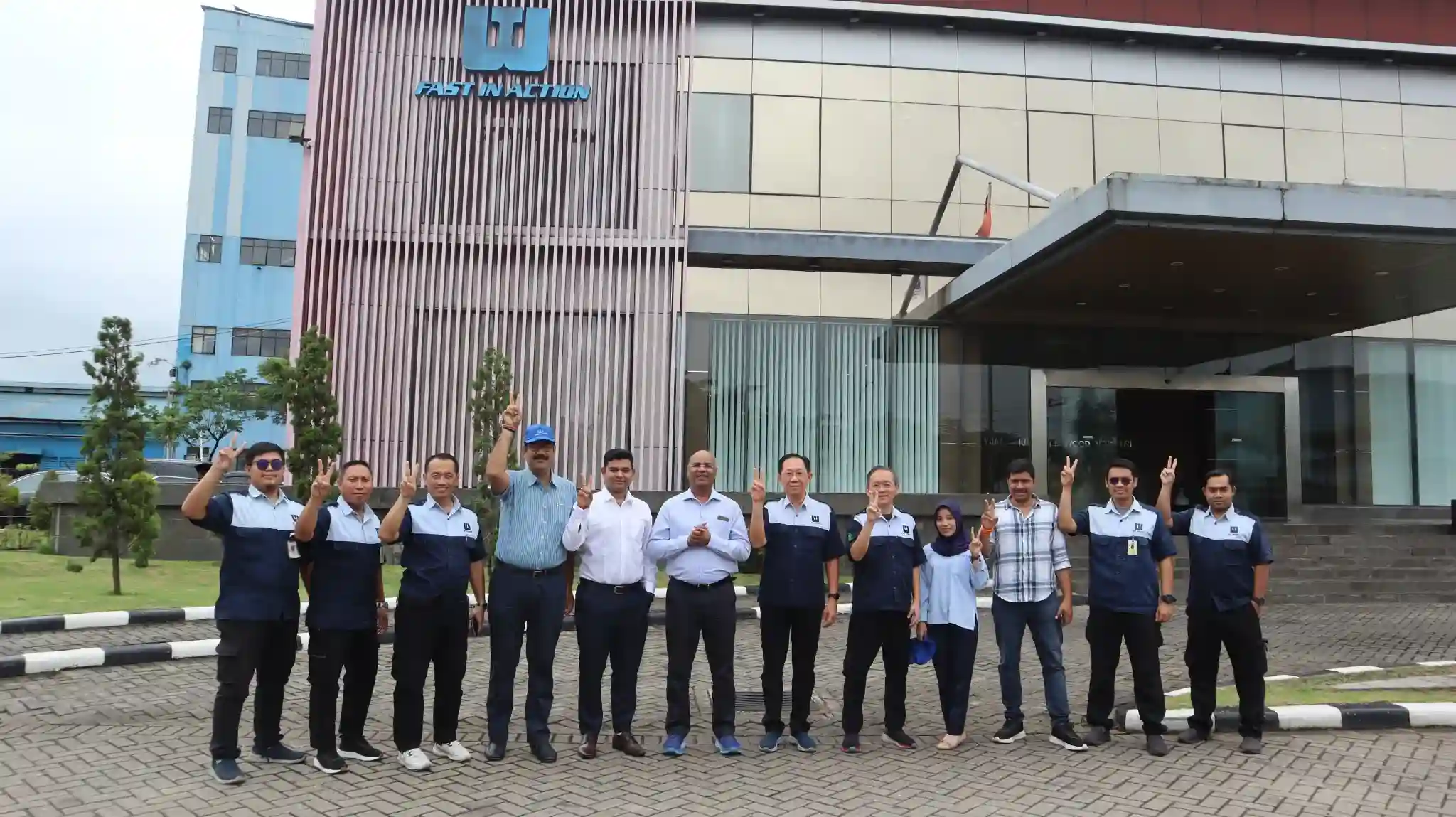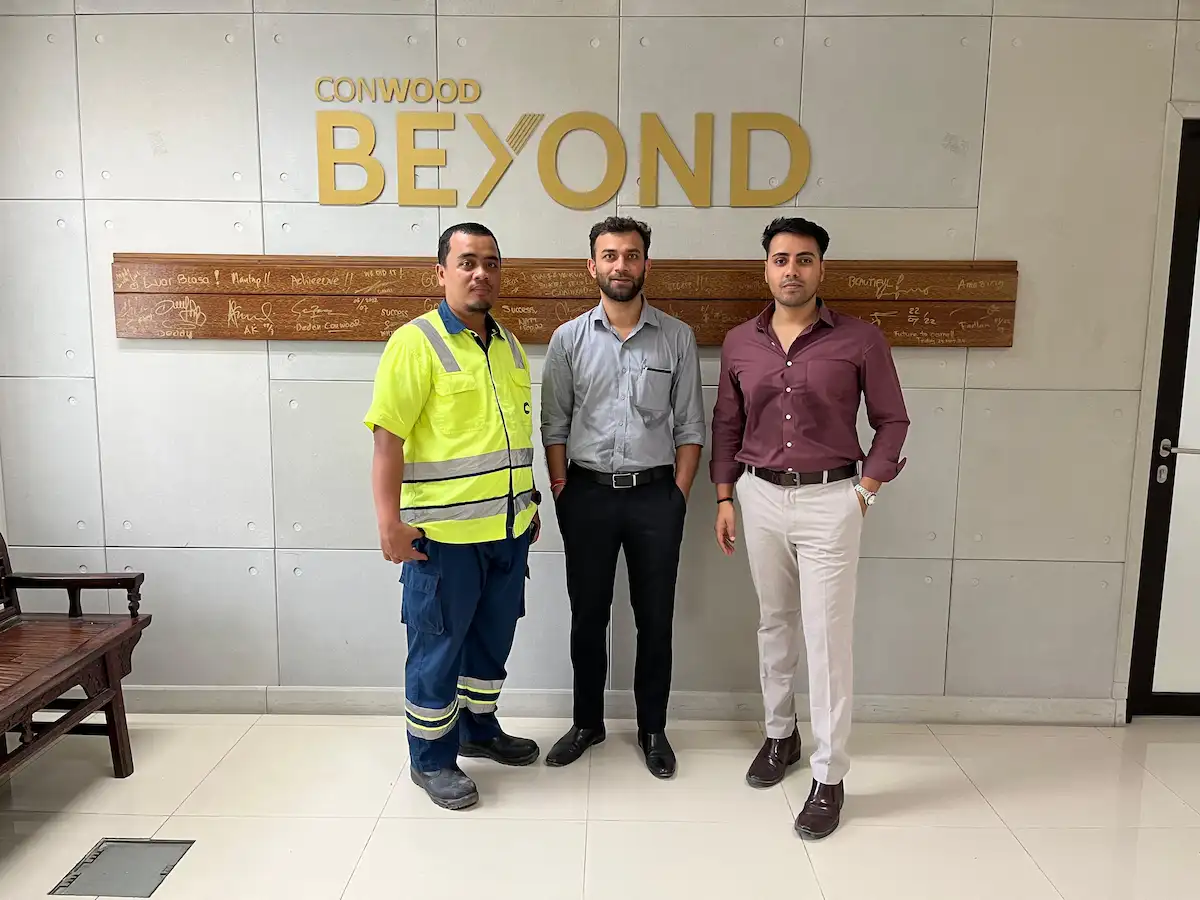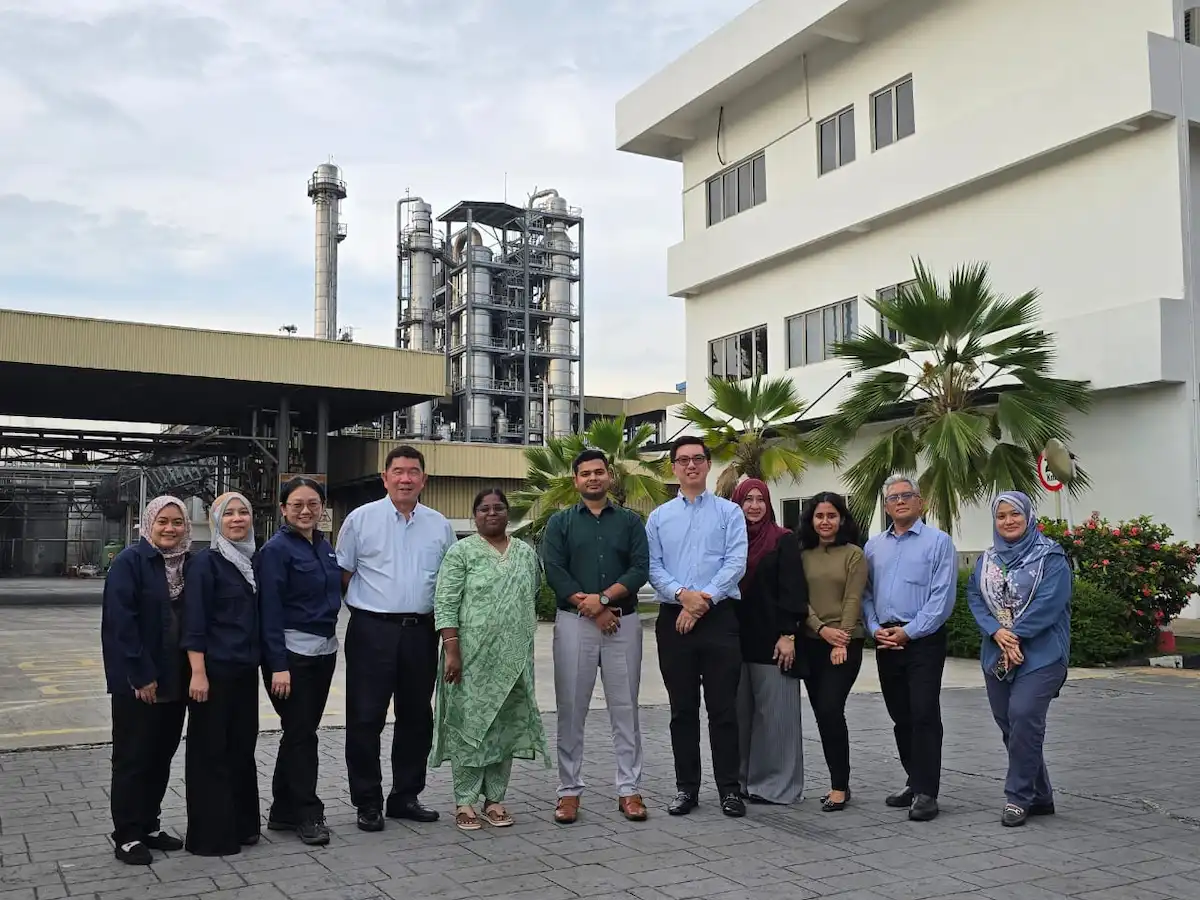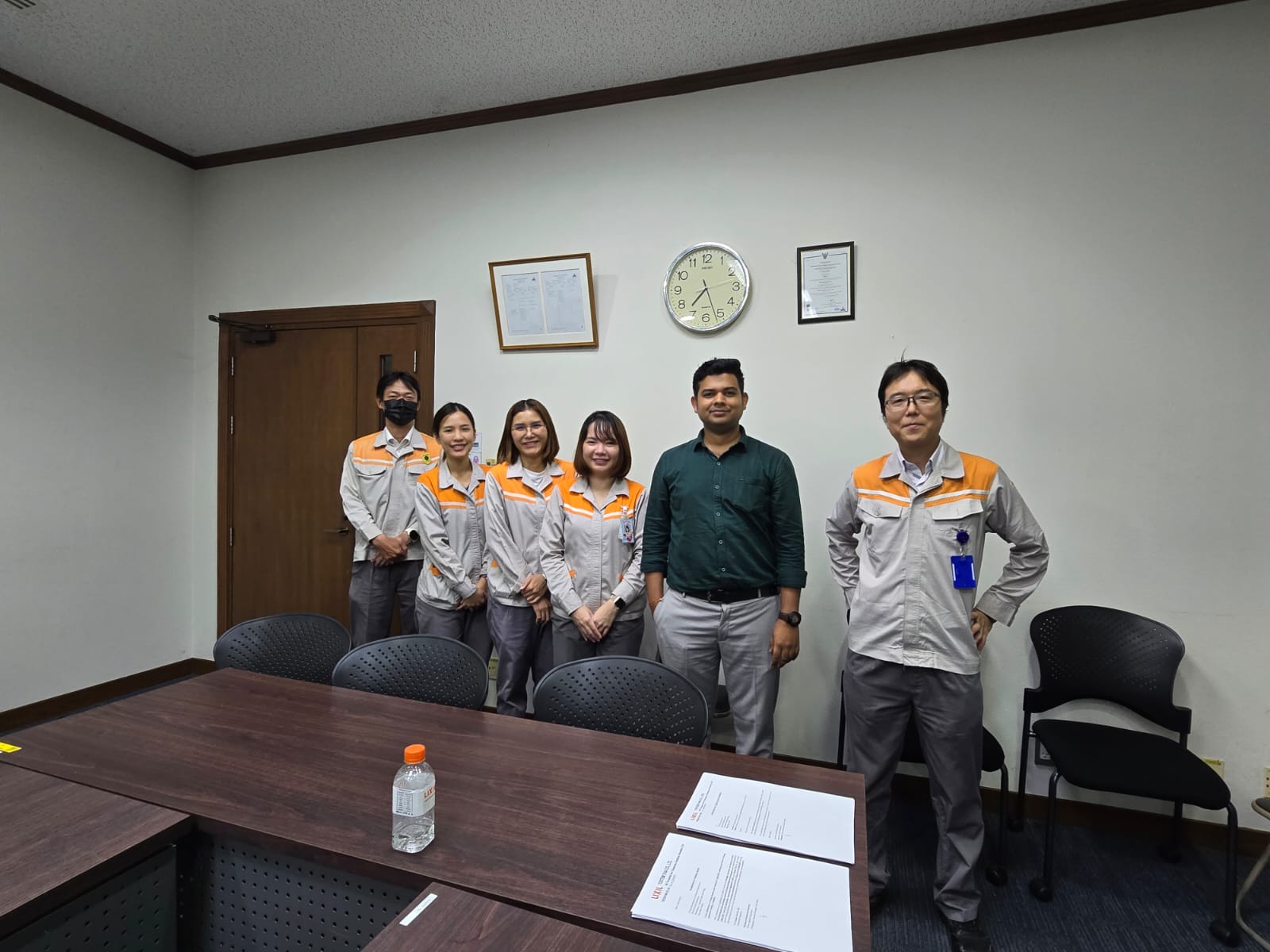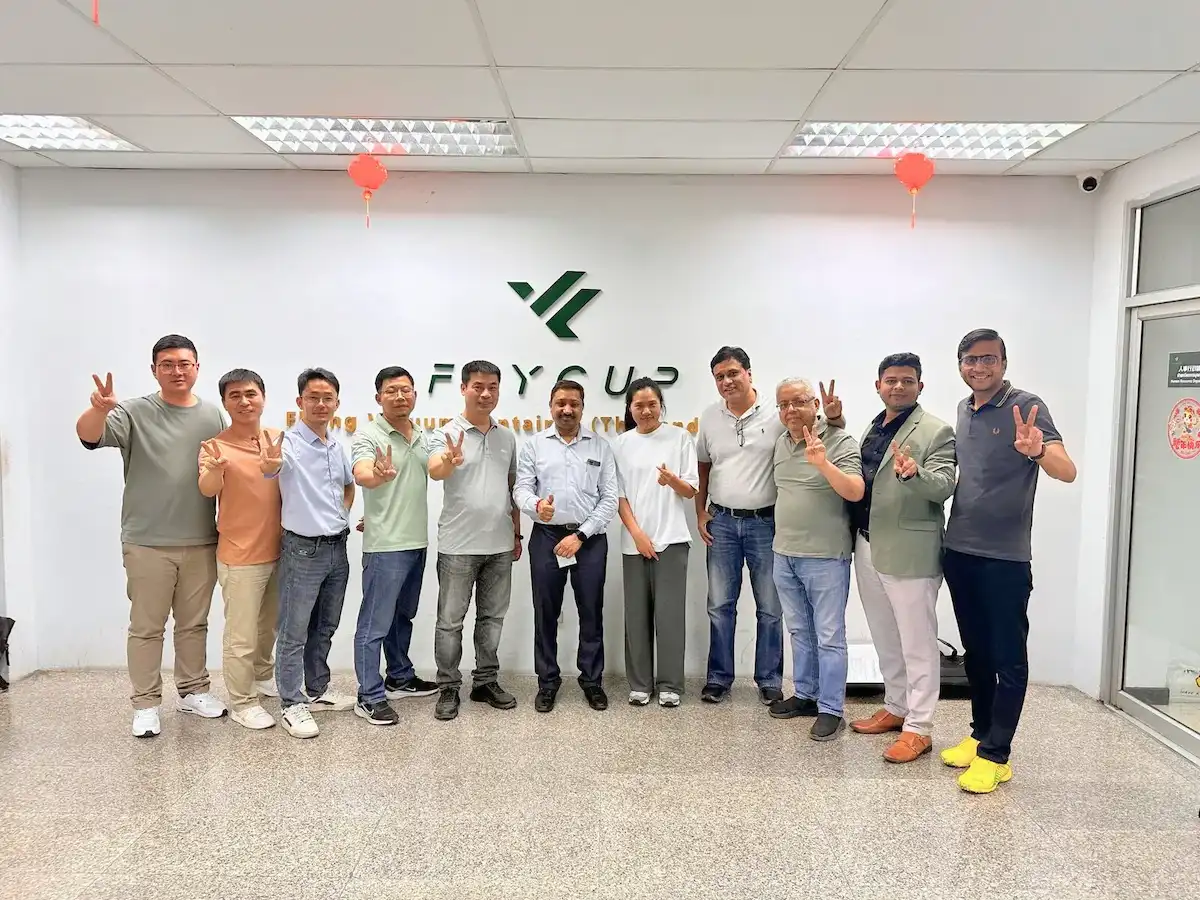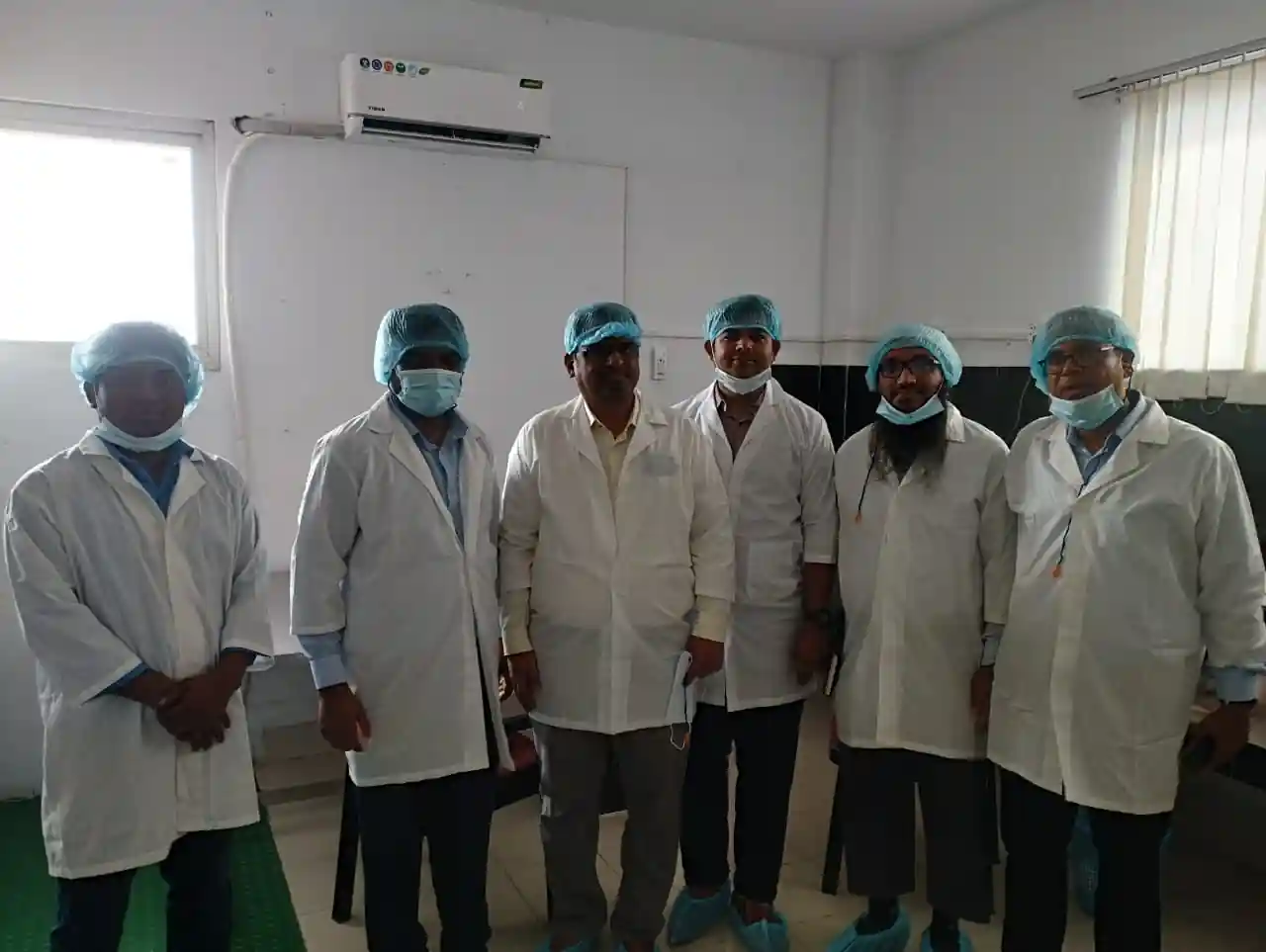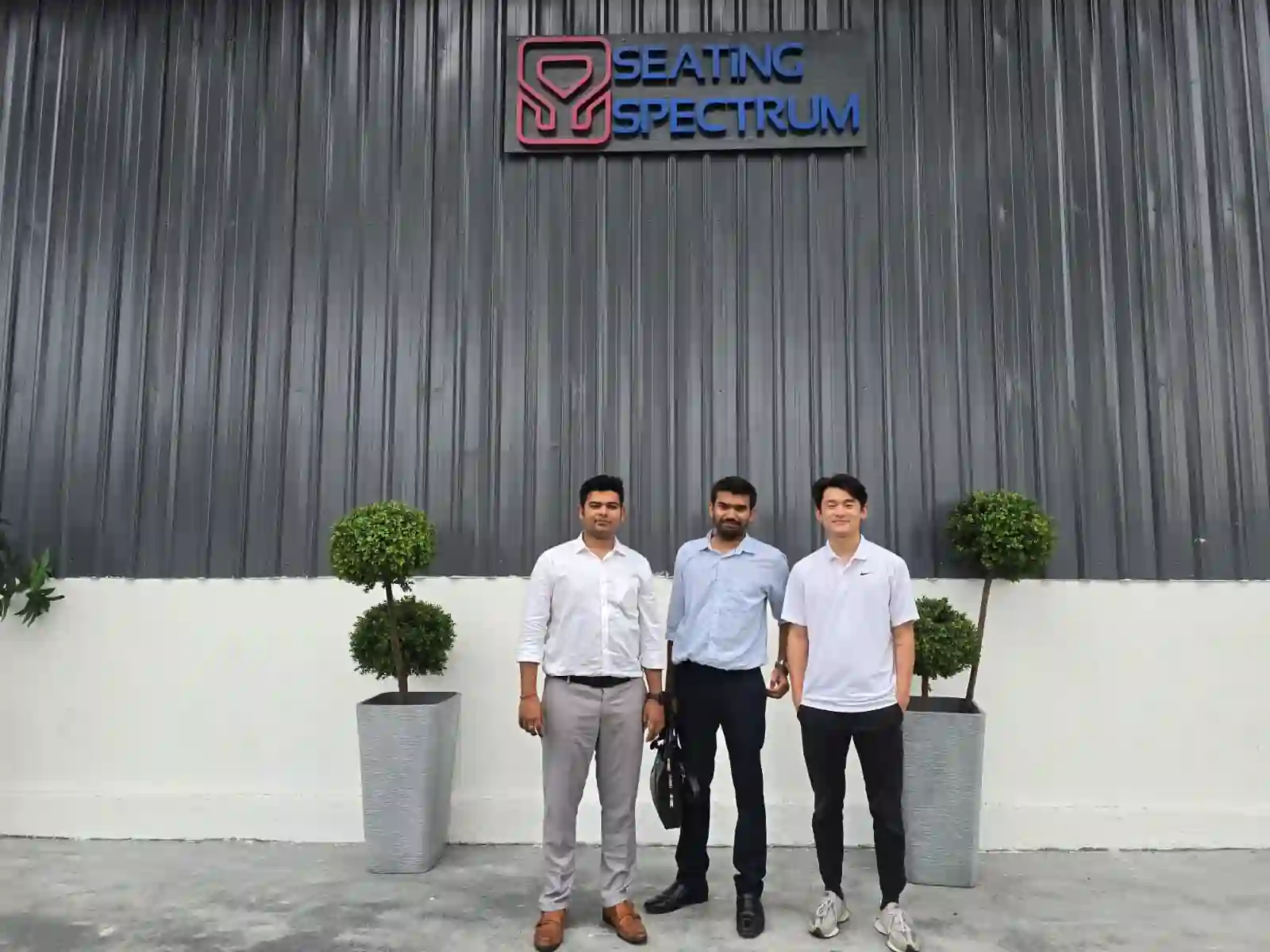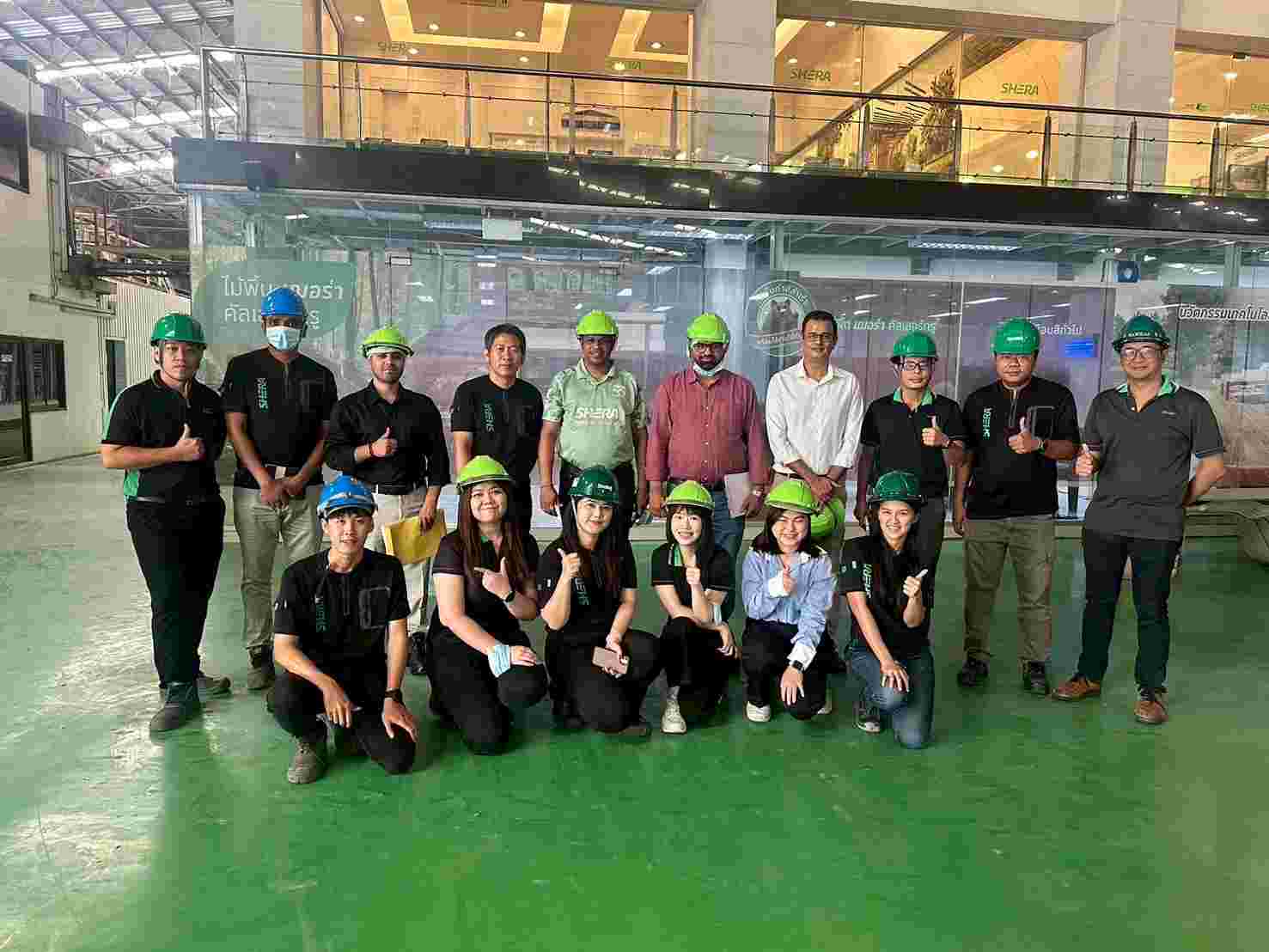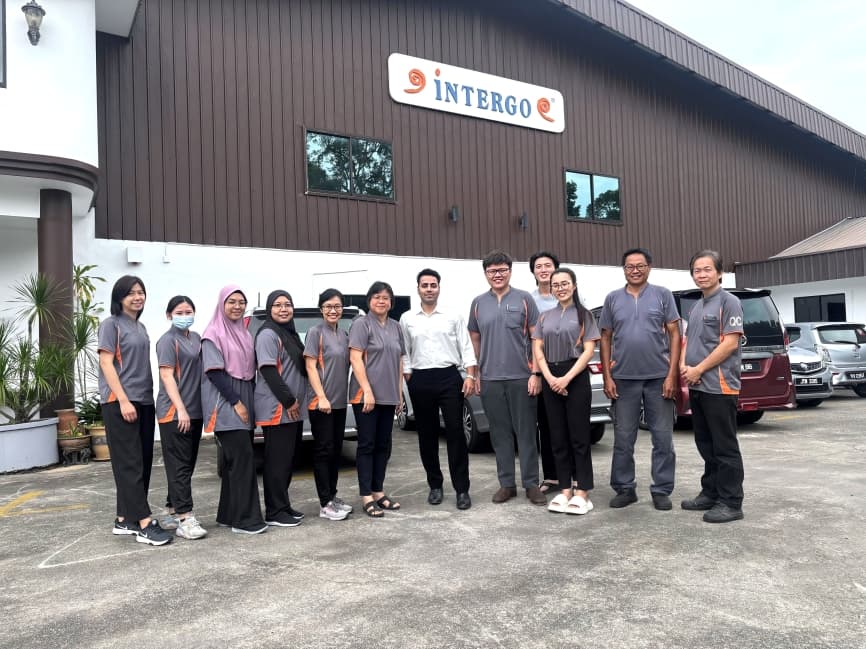BIS Certification for High Visibility Warning Clothes IS 15809: 2017

High Visibility Warning Clothes are essential safety garments designed to enhance visibility in low-light or high-risk environments. Made using fluorescent materials and reflective strips, these clothes ensure wearers are easily noticeable from a distance, even in challenging conditions like fog, rain, or darkness.
They are widely used by construction workers, road maintenance crews, emergency responders, and others working in hazardous environments. These garments are lightweight, durable, and designed for comfort, offering optimal performance while ensuring worker safety. Their vibrant colors and reflective properties significantly reduce the risk of accidents by alerting others to the wearer’s presence.
Introduction
The Protective Textiles (Quality Control)
Order, 2022, issued by the Ministry of Textiles, mandates BIS certification
for High Visibility Warning Clothes before they can be sold in India. This
certification ensures compliance with Indian
Standard IS 15809:2017, which prescribes strict guidelines for the design,
performance, and safety of such garments. IS 15809:2017 specifies requirements
for color, retro-reflectivity, durability, and resistance to wear and tear. BIS
certification assures users that these clothes meet essential quality
standards, offering reliable visibility and protection in demanding work
environments. Non-compliance with this order can result in penalties under the Bureau of Indian Standards Act, 2016,
highlighting the importance of certification for both manufacturers and
consumers.
Why is BIS Certification
Necessary for High Visibility Warning Clothes?
BIS certification for High Visibility Warning Clothes is critical to ensuring the safety and reliability of these garments. The certification guarantees that the clothes meet the performance and quality parameters defined under IS 15809:2017, such as visibility, durability, and reflective efficiency. These features are vital for protecting workers in high-risk environments by making them easily detectable, thereby reducing accident risks. The mandatory nature of BIS certification under the Protective Textiles (Quality Control) Order, 2022, ensures uniform quality and regulatory compliance across all products sold in India. Manufacturers without BIS certification risk penalties under the Bureau of Indian Standards Act, 2016, making certification an essential step in providing trustworthy, high-quality safety wear to the market.
BIS QCO for Protective Textiles(High visibility Warning Clothes)
Overview of Indian
Standard IS 15809:2017
IS 15809:2017 outlines the
specifications for High Visibility Warning Clothes, focusing on materials,
design, and performance requirements. The standard emphasizes the use of
fluorescent materials for daytime visibility and retro-reflective strips for
nighttime reflectivity. It includes tests for color fastness, retro-reflective
efficiency, and durability under environmental conditions such as rain, heat,
and washing cycles. The standard also prescribes minimum surface area coverage
for reflective and fluorescent components to ensure visibility from various
distances and angles. Compliance with IS
15809:2017 ensures that these garments effectively enhance worker safety in
hazardous environments. Adherence to this standard is mandatory under the Protective Textiles (Quality Control)
Order, 2022, reinforcing the role of BIS certification in safeguarding
lives.
Process for BIS Certification
The BIS
certification process for High Visibility Warning Clothes involves multiple
steps, designed to thoroughly evaluate a product's compliance with the required
standards. Here is a general overview of the certification process:
1. Application Submission: Manufacturers
must submit an application form along with required documentation to BIS.
2. Documentation Review: BIS reviews the
submitted documents to ensure completeness and correctness.
3. Factory Inspection: BIS officials
conduct an on-site inspection of the manufacturing facility to assess the
production process and quality control measures.
4. Sample Testing: Product samples are
taken and tested in BIS-approved laboratories to verify compliance with Indian
standards.
5. Certification Grant: Upon successful
completion of the inspection and testing, BIS grants certification, allowing
the manufacturer to use the BIS mark on their products.
Documents
Required for BIS Certification
To apply for BIS
certification, manufacturers need to submit the following documents:
● Application form
● Manufacturing process details
● Quality control plan
● Test reports from BIS-approved
laboratories
● Factory layout and equipment
details
● Proof of business registration
● Product specifications and
technical details
● Declaration of conformity to
Indian standards
Additionally, manufacturers may be required to provide proof of compliance with environmental and safety regulations, depending on the specific type of product being certified.
BIS ISI Mark Certification Costing And Timeline
To Know The Process in Detail, Please Visit:
- BIS ISI Mark Certification for Domestic Manufactures
- BIS ISI Mark Certification for Foreign Manufactures
Under BIS Registration Products ISI and CRS
Conclusion
BIS certification
for High Visibility Warning Clothes is essential to ensure adherence to quality
and safety standards as per IS 15809 : 2017. By complying with the mentioned
Quality control order, certified products provide reliable performance, enhance
consumer safety, and reinforce the credibility of manufacturers in the Indian
market.
Navigating the BIS certification
process can be challenging, especially for small and medium-sized enterprises.
EVTL India is a leading consultancy firm dedicated to assisting manufacturers
in obtaining BIS certification (ISI Mark) efficiently. With expertise in
managing BIS portal submissions, documentation, and regulatory fees, EVTL India
ensures a smooth and successful certification process. By choosing EVTL India,
manufacturers can enhance their product's marketability both in India and
internationally, securing a competitive edge. Additionally, EVTL India provides
ongoing support post-certification, helping manufacturers maintain compliance
with BIS standards and renew their licenses as needed.
Free Call Back
Latest News & Update
📅 BIS Critical Component List (CCL) Updates for Solar PV Modules
🕒 BIS Fee Concessions for MSMEs and Startups | EVTL India
📅 Guidelines for Implementation of Essential Requirements for Security of CCTV
🕒 Omnibus Technical Regulation (OTR) Amendment Order, 2025
🕒 Extension of Timeline for Filing Annual Returns by Battery Producers
📅 Extension of Timeline for Filing Quarterly and Annual Returns for E-Waste
🕒 Extension of Concurrent Running Period for IS 302-1: 2008 and IS 302 (Part 1): 2024
🕒 BIS Guidelines for Grant of Licence (GoL) | EVTL India
📅 CPCB Guidance on filing of Application, Fees and more
🕒 CPCB Notification on Labelling of Plastic Packaging
📅 Mandatory Compliance for Input Materials of Steel and Steel Products for Imports
🕒 BIS Guidelines for Scheme-X Certification for OTR-Regulated Products
📅 BIS Upgrades Product Certification License Numbers to 10-Digit Series
Why Choose EVTL INDIA
Expertise in Indian Regulatory Standards
End-to-End Support
Trusted by Top Indian & Global Brands
Fast Processing & Transparent Pricing
Strong Liaison with Indian Authorities
Company Profile



